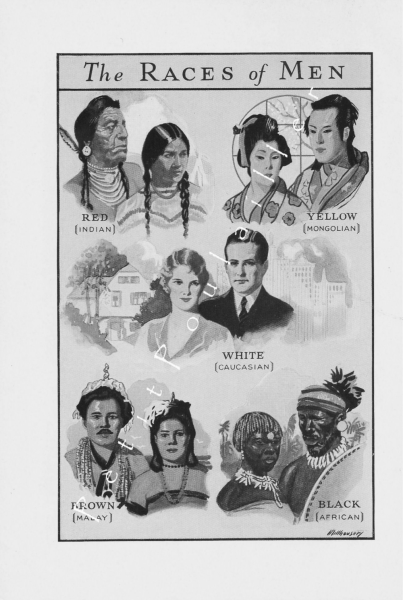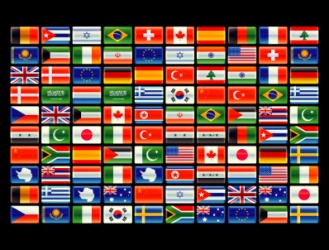This is a hard question to answer as this is different for everyone. I like to form an idea or theory about my subject, then dis-credit my theories by my research. Many times however, I find something factual and it leads me to other theories. A preponderance of evidence was the term used when primary resources were unavailable. Such as someone born in say 1830 may not have a birth record. where do we go from there. A Census record is a great secondary source as well as a Family Bible. If we can gather from these sources we can build a clear and convincing series of documentation that will establish our subject's.
Definition for clear and convincing evidence:
| Web definitions: |
|
Definition for preponderance of evidence:
| Web definitions: |
|
As we can reasonably see, the two phrases are basically the same.
These are my tool for determining the where and when I stop looking for records,
when they begin to get sketchy. That doesn't mean the road has ended, only
that we mustn't lose the sight of our goals. My goals are to find as many primary
records as possible, then as many secondary records (which are many times
a majority of our evidence). I do look at specialty records and have found good
records, but use them only if they coincide with my primary and secondary records
beyond a reasonable doubt.


















